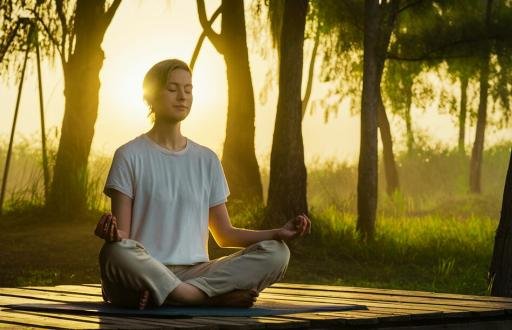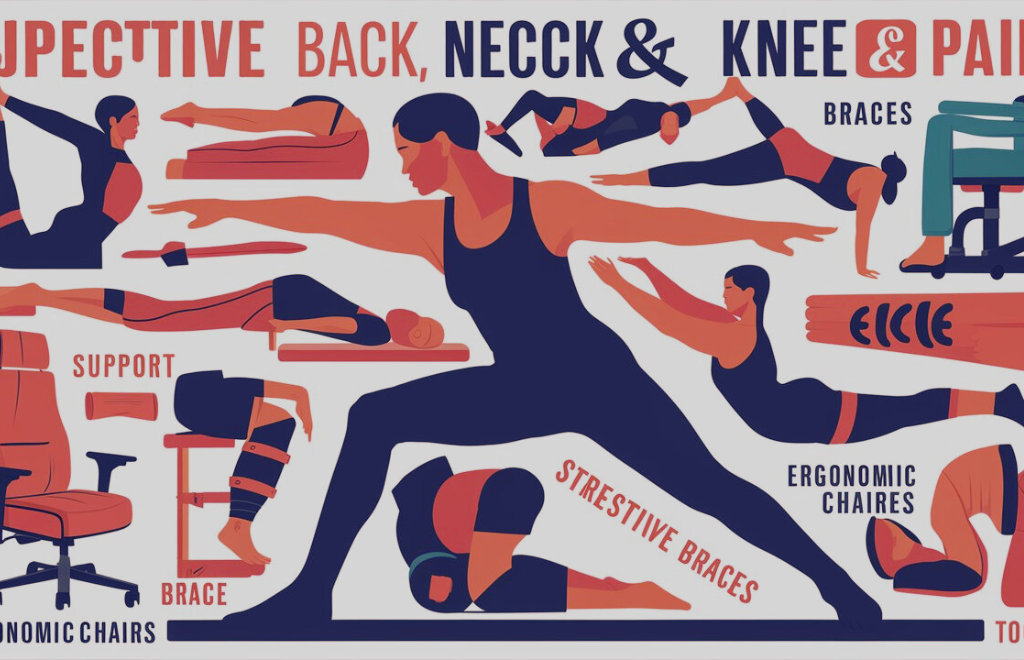Are you trying to discover inner peace and increase strength quickly and effectively? Look only at this 20-minute yoga routine. Yoga will help you change your body and mind in a little period of time.
Why then yoga?
Practiced for millennia, yoga is renowned for enhancing both physical and mental health. Combining mindfulness, deep breathing, and mild motions, it offers a complete practice suited for everyone in terms of age and degree of fitness.
A 20-minute yoga flow’s advantages
Given our hectic schedules, finding time for self-care can prove difficult. Still, spending just twenty minutes on a yoga sequence will significantly improve your general condition. The following are some of the advantages to be expected:
1. Inner Peace

Internal HarmonyOne great instrument for inner tranquility is yoga. Focusing on your breath and working through the poses can help you to calm the mind and release tension. Physical movement combined with mindfulness helps you to reach your inner self and discover peace and tranquilly.
2. Strength Building

Improving StrengthAlthough flexibility is usually connected with yoga, it is also a great approach to increase strength. Different muscle areas are engaged by the many poses and flows, so toning and strengthening your body. Your practice will advance and you will see better general strength and more defined muscles.
3. Stress Relief

Release of StressStress is somewhat frequent in the fast-paced environment of today. One natural and efficient approach to release tension and advance restfulness is yoga. The body’s relaxation reaction is triggered by the deep breathing exercises and soothing motions, therefore lowering stress hormone levels and encouraging calm.
Enhanced Flexibility
General fitness and well-being depend critically on flexibility. Regular yoga helps to stretch and lengthen the muscles, therefore enhancing flexibility. Your practice will help you to notice better posture and more range of motion.
- Psychiatric clarity
Yoga influences the mind much as much as it is a physical exercise. Movement, breathwork, and mindfulness taken together help to cleanse the head and increase mental clarity. Frequent practice can improve general cognitive ability, focus, and attention.
The Yoga Flow
Now that you understand the benefits of a 20-minute yoga flow, let’s dive into the sequence. Remember to listen to your body and modify the poses as needed. Here is a step-by-step guide to the flow:
- the Yoga Flow
- Understanding the advantages of a 20-minute yoga flow now will help us to explore the sequence. Always keep in mind that your body will guide you in changing the poses as needed. This is a detailed walk-through guide on the flow:
- Standing tall with your feet hip-width apart, ground down through the four corners of your feet in Mountain Pose (Tadasana). Straighten your spine and unwind your shoulders. Here to help you center yourself, inhale deeply several times.
- Starting with your arms overhead, then fold forward. Sun Salutations (Surya Namaskar) Back into a high plank position, then drop down into a low plank. Breathe into upward-facing dog then out from downward-facing dog. Move with your breath for several rounds of this flow.
- From downward-facing dog, put your right foot forward between your hands. Warrior I (Virabhadrasana I) Ground down on your feet then raise your torso. Keeping your shoulders back, reach your arms overhead. Hold for several breaths; then, repeat on the opposite side.
- From Warrior I, spread your hips and arms out to the sides in Warrior II, Virabhadrasana II. Maintaining a bent front knee, look across your front hand. Hold for several breaths; then, repeat on the opposite side.
- From Warrior II, extend your front leg and stretch your front hand forward in triangle posture (Trikonasana). Lower your hand to your shin, ankle, or the floor then stretch your other arm skyward. Look across to your upper hand. Hold for a few breaths, then repeat across from each other.
- Standing tall, tilt your weight on your left foot in Tree Pose (Vrksasana). Avoiding the knee joint, place your right foot on your inner left thigh or calf. Bring your hands either aloft or to your heart center. Find your equilibrium, hold for a few breaths, then flip sides.
- Come down to your hands and knees then sit back on your heels in Child’s Pose (Balasana). Lower your forehead to the carpet then stretch your arms forward. Here, inhale deeply to let your body to unwind and remove stress.
- Lie down on your back in the corpse pose (savasana) then extend your legs. Let your arms rest at your sides with palms facing upward. Close your eyes then concentrate on your breathing. Spend several minutes in this position letting your body and mind completely relax.
The 20-Minute Flow
Two minutes for centering and grounding
Initially, settle into a comfortable seated posture on your mat. Close your eyes and inhale deeply, then let go of any tension or stress. Whether your practice aims to bring inner calm, increase strength, or just give you time for yourself, set goals.
- Warm-up lasting five minutes
Start your body ready for the flow with mild warm-up activities. To alleviate strain in your upper body, start with wrist circles, shoulder rolls, and neck rolls. Warm your spine with cat-cow stretches; then, flow through a few rounds of sun salutations to wake your whole body.
Three standing poses for eight minutes
Move into standing positions to develop stability and strength. Ground yourself and discover your center starting in mountain position. To work your legs and core, enter warrior positions including warrior I, warrior II, and warrior III. To target your lower body more, flow through a couple rounds of chair pose and high lunge.
- Managing Poses (3 minutes)
Balancing postures challenge your focus and balance. To increase your balance and focus, try dancer’s posture, eagle pose, or tree pose. These poses help to develop inner serenity and mental clarity in addition to physical strength.
- Savasana (two minutes) cool-down
Use a light cool-down and savasana to wrap up your practice. Move to the floor and use hip openers, mild twists, and seated forward folds to stretch your muscles. At last lie on your back and let yourself completely relax in savasana. Pay close attention to your breath and release any last thoughts or stress.
Advantages of a consistent practice
Including this 20-minute yoga flow into your practice will help you to get several advantages. Regular yoga helps to develop balance, flexibility, and strength as well as endurance. It also advances general mental health, lowers tension and anxiety, and helps one relax. Yoga can also help you grow in awareness and toward inner serenity and contentment.
In essence, conclusion
In just twenty minutes, yoga will have transforming effect. One ideal approach to include self-care into your daily schedule is this yoga flow for inner serenity and power. Don’t forget to pay attention to your body, inhale deeply, and savor the road towards inner strength and calm. Thank you.




